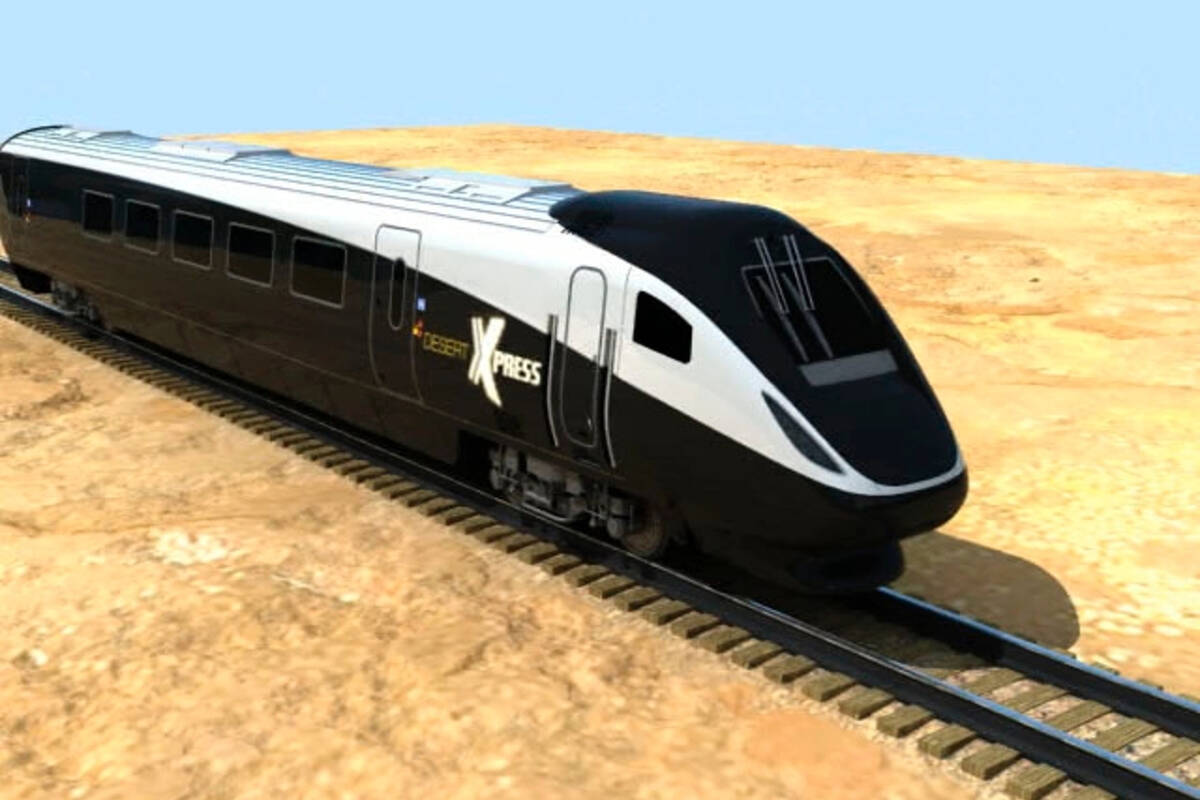EDITORIAL: Rail project throws taxpayers in the deep end
It was only four years ago that those behind the massively hyped Las Vegas to Southern California rail project — some version of which has been on the drawing board for three decades — pledged that the line would be built solely with private capital.
Officials with Brightline West, then in a partnership with Virgin Trains, insisted they “were not seeking tax credits or state grants for the planned 185-mile dual-track project, which would run along the Interstate 15 corridor, as it would be financed entirely by private investment,” the Review-Journal reported in May 2019.
“There’s no public funding,” one company official said back then of the $4 billion project. “We’re taking the responsibility to build this infrastructure off the public, still providing that public service.”
Fast forward to this week. The cost of the proposal now sits at $12 billion. And — surprise, surprise — the taxpayers have been thrown into the deep end. President Joe Biden is expected to announce this week that the Brightline West rail line will receive $3 billion in funding from the administration’s green slush fund created as part of the 2021 infrastructure bill.
In addition, the project will rely on private activity bonds from both California and Nevada that the company can leverage to raise capital. This reduces the bond capacity of both states, which could mean less money available for affordable housing and other projects. The enthusiasm level among private investors for the rail bonds remains to be seen.
Supporters of the rail line earnestly promise it will be an economic bonanza for Las Vegas, bringing construction jobs, easing congestion on I-15, helping to save the planet and making it more convenient for California tourists to enjoy all Southern Nevada has to offer. Perhaps these claims will indeed come to fruition.
But it’s not inconsequential that private investors haven’t so far been lining up to get a piece of the action. Very few high-speed rail projects worldwide make money, and they are expensive to maintain. Such projects are also notorious for massive cost overruns and construction delays. With very few exceptions, they routinely fail to deliver on inflated ridership and revenue projections. Another high-speed rail project in California — the Los Angeles to San Francisco line — is on its way to becoming the biggest infrastructure boondoggle in the nation’s history.
Brightline West once insisted it could deliver the project without government money. In reality, there’s a very real possibility that the rail line, if it ever begins moving passengers, will need much more than just a $3 billion infusion of taxpayer cash.

















